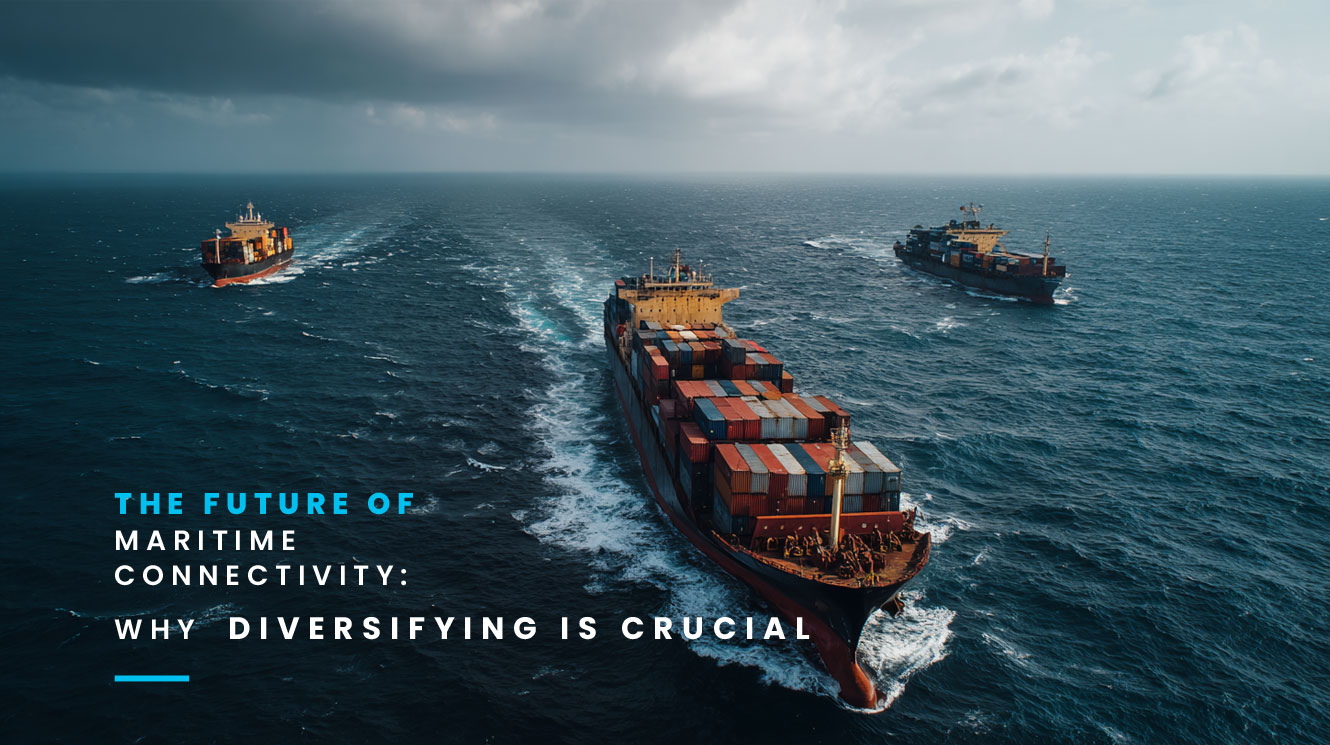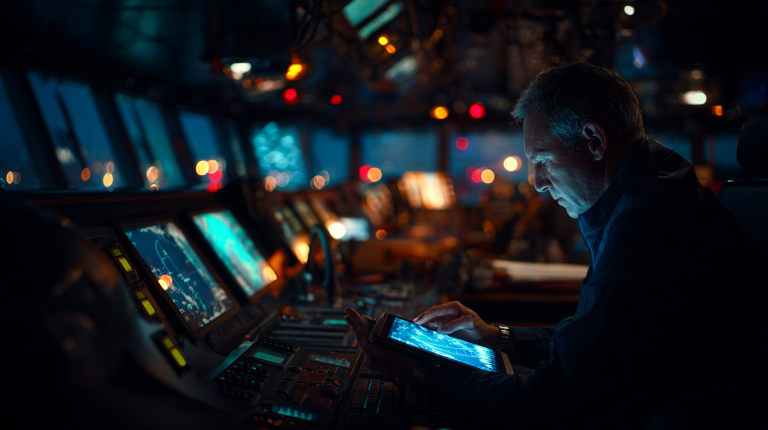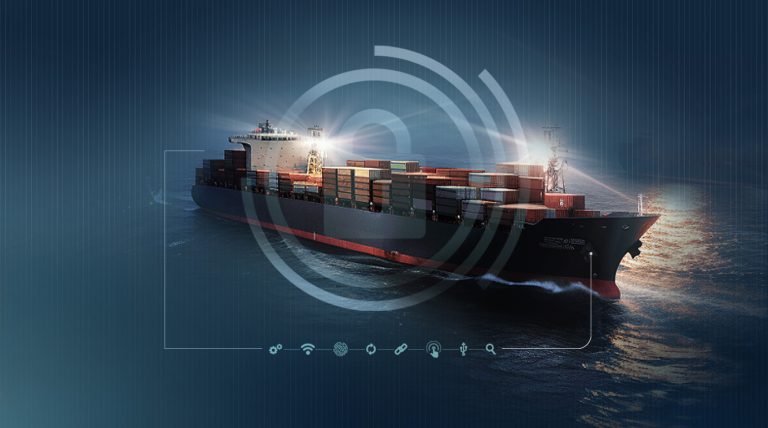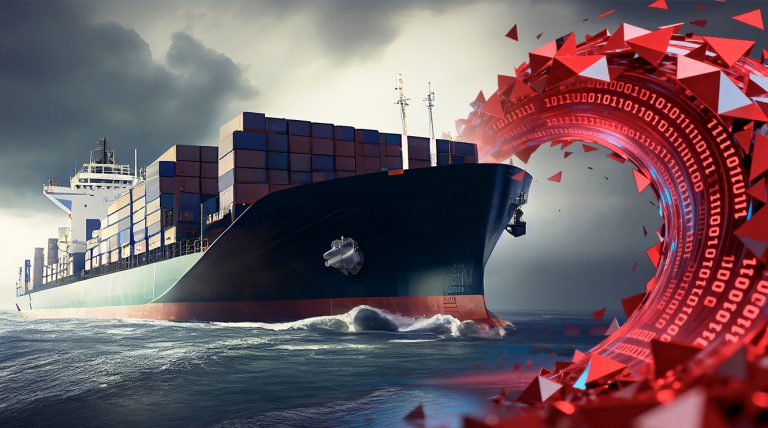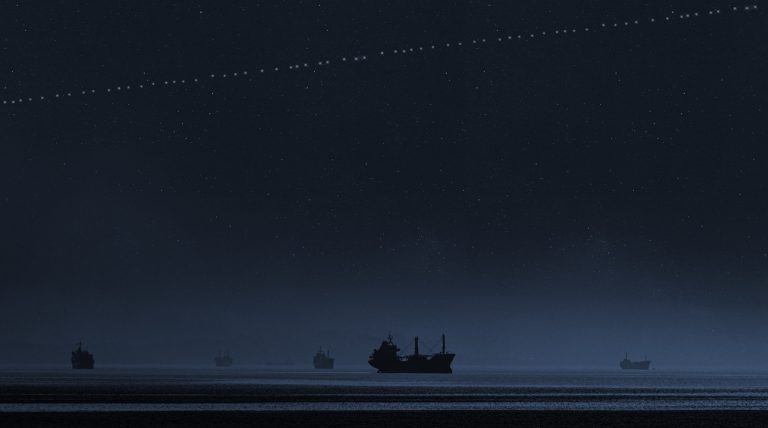As Starlink rapidly expands its footprint across maritime fleets worldwide, it’s quickly becoming the dominant player in satellite connectivity, accounting for an estimated 60% share of new satellite installations onboard vessels.
Starlink currently operates a constellation of over 5,000 satellites, with ambitious plans to significantly increase this number. Additionally, Starlink is preparing to launch satellite phone services soon, further solidifying its maritime communications market position. The maritime sector experienced rapid growth, connecting over 75,000 vessels by the end of 2024, up from just 10,000 in 2023. Maritime customers now represent roughly 1.6% of Starlink’s total user base.
Starlink’s high-speed, low-latency service has propelled maritime communications from outdated, bandwidth-starved systems into the digital age. However, this increased reliance carries substantial risks.
Historically, maritime operators depended on traditional GEO VSAT providers known for global reach but criticized for slower speeds, higher latency, and steep costs. Starlink disrupted this established model, providing vessels with previously unimaginable connectivity at more affordable prices.
Yet, heavy dependence on a single provider introduces critical vulnerabilities. Competitors like OneWeb and Project Kuiper, though promising, significantly lag in deployment timelines and market penetration. OneWeb is partially operational but still lacks complete global coverage, and Amazon’s Project Kuiper isn’t expected to fully launch until 2026, underscoring the urgent need for diversification.
Maritime operators heavily dependent on Starlink risk operational disruptions due to terrestrial regulatory challenges—including outright bans or restricted operations in countries like China and India. Relying solely on Starlink means vessels could lose essential connectivity when entering restricted regions, compromising crew welfare, operational efficiency, and safety.
Moreover, geopolitical tensions and regulatory constraints could further limit Starlink’s global service availability, threatening uninterrupted maritime operations. Traditional GEO VSAT providers, forced to innovate quickly, are now exploring hybrid connectivity models combining GEO, LEO, and terrestrial solutions like 5G. However, their pace of adaptation remains behind Starlink’s rapid market adoption.
The maritime industry, recognized for its resilience, must avoid repeating past monopolies that limited innovation and inflated costs. Diversification isn’t merely strategic—it’s critical. Shouldn’t maritime stakeholders proactively support the development of alternative LEO networks and hybrid communication systems to create a robust and resilient connectivity ecosystem?
Final Thoughts:
Diversification is imperative—not only to support economic resilience but also to ensure uninterrupted operations, data integrity, and cyber defense across a global fleet. In a landscape where maritime connectivity is mission-critical and digital threats are growing more complex, relying on a single solution introduces unacceptable risks. As the industry increasingly depends on high-bandwidth services for real-time data exchange, remote maintenance, and crew welfare, building a diverse and resilient communications infrastructure becomes a business necessity. The future of maritime connectivity hinges not just on speed and coverage, but on strategic diversification and long-term operational security.
This article is based on insights from the webinar “Maritime Operations & Crew Welfare in the LEO Age: Real Stories and a Look Ahead Beyond VSAT,” organized by MarPoint’s Learning Hub under the auspices of AMMITEC. Explore key insights from the webinar.

